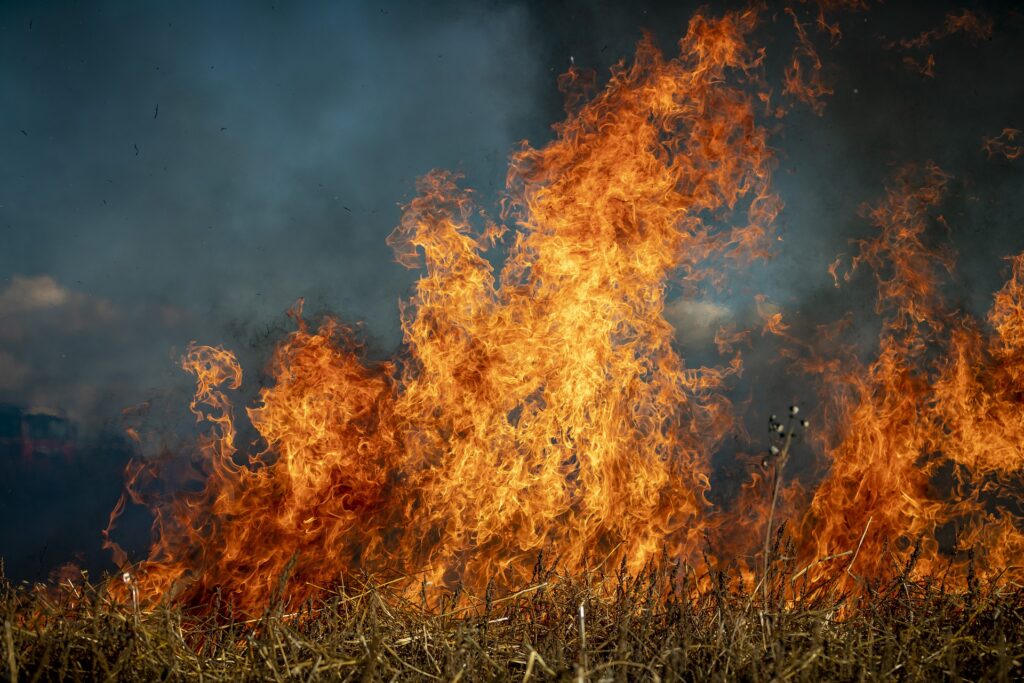Parents want to shield their children from the dangers of the world—but fire is one thing they can’t sweep under the rug. Especially now, as our communities begin to realize fire season no longer has a beginning or end; it is a constant where we live.
This, alongside the ever-present risk of house fires, makes it clear that parents must take the time to prepare their children for the reality of fires…no matter the time of year.
Parents can support their children ahead of fire-related crises through the following:
Increasing Fire Awareness
Before becoming prepared for fire, children need to understand what fire is, how it begins, what the signs are, what risks exist, and what to do in the event of an emergency. The challenge here is bringing awareness to these topics without instilling additional fear and anxiety in children; my goodness, they’ve already lived through a pandemic and experienced immense trauma over the last few years. Therefore, it is important that parents keep these conversations, and any supporting activities, factual and neutral. In other words, no sugar coating and oppositely, no over-exaggeration of danger.

Effective Discussions On Fire Safety
Part of increasing fire awareness for a child is holding effective discussions on fire safety. In order to be effective, these discussions must be developmentally appropriate for the child. Talking about fire safety is one aspect of these discussions; the other aspect is ensuring comprehension. Parents can support comprehension through hands-on activities, games, role playing, and practicing relevant safety skills in different environments.
Practicing Safety Skills and Emergency Plans
It’s not enough to simply talk through emergency preparedness. In order for children to be able to respond in the event of a real emergency, they need to have had opportunities to practice their skills outside of an event. Family emergency drills are one way to do this; most emergency responders recommend performing a drill at least twice a year (every six months). It is also beneficial to focus on teaching one safety skill at a time. For example, identifying potential dangerous situations, learning two different routes to the family meeting spot, memorizing emergency phone numbers, responding to certain safety-related directions (“stop,” “get out of the house,” etc.) consistently. Don’t assume a child already knows these skills—parents should always take the time to explicitly teach these skills to their children.

Building Emergency Kits
A great way to involve children in the process of preparing for fires is to include them in setting up emergency kits. Depending on the developmental ability of the child, they may be able to participate in supplying the kit, checking it for all required components, establishing a location to keep the kit, and more. This gives children the opportunity to feel a sense of ownership and responsibility when it comes to emergency preparedness.

Supporting Resilience
Lastly, parents must support their children in developing resilience and coping skills ahead of fire-related trauma. Parents can achieve this through:
• Focusing on the emotional connection with their child
• Promoting curiosity and healthy risk-taking
• Helping them understand their emotions and create a safe environment for them to share their feelings
• Building a support network of family, friends and trusted adults
• Establishing routines that can be continued even in the face of adversity
It’s never too early to start preparing children for emergencies. By following the above recommendations, parents can ensure their children are equipped with the knowledge they need to handle fire-related disasters safely and confidently.










